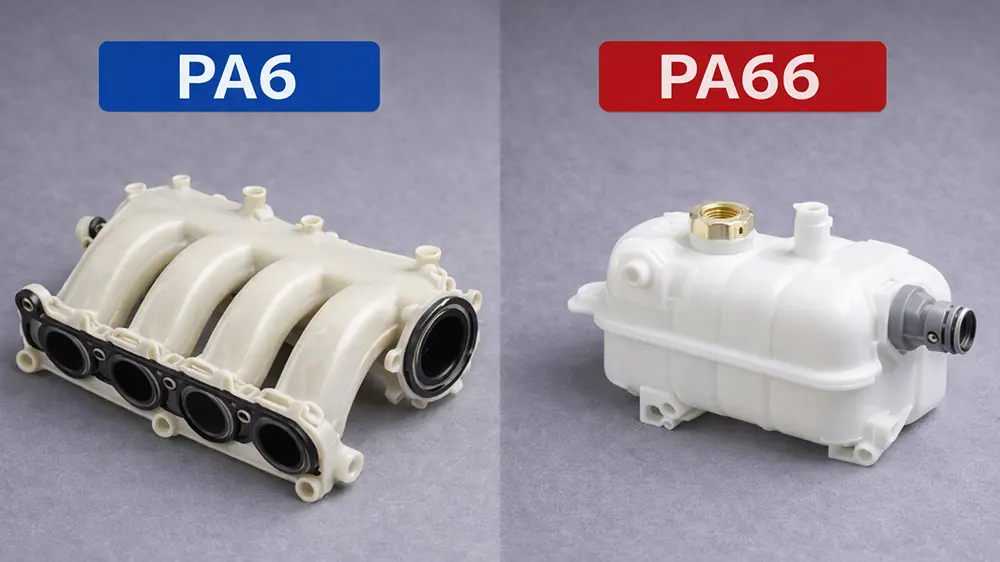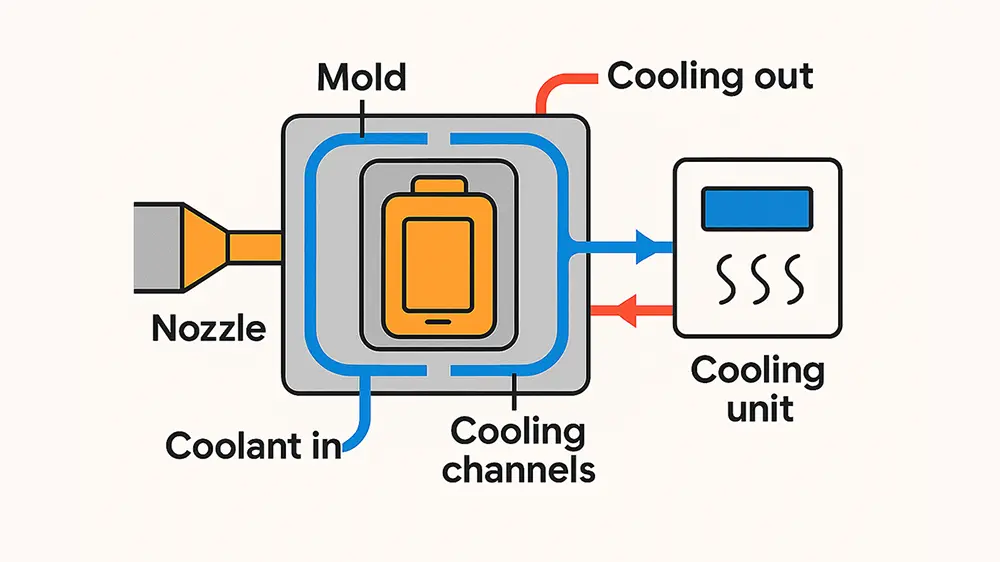Now that the machining project has progressed so far, why not perfect it with the most suitable surface finish?
Obviously, choosing the right surface finishing program is not always easy, especially for those who are for the first time in the CNC machining industry. With so many material choices in the subtractive manufacturing process, adding surface treatment to the process seems to make things more complicated.
Fortunately, RJC is ready to provide guidance on processing and surface finishing. Surface finishing is the cosmetology for CNC components. Contact RJC Mold directly or read this article to know the CNC machining and finishing programs needed.
What is the surface finishing?
Taking out a machined part from a CNC machine does not always mean that it is complete and ready for use. Although some parts (such as early prototypes) can be used directly for end-users, many other parts require surface treatment procedures to improve their appearance or performance. Since CNC machining is a kind of subtractive manufacturing, tool marks will appear on the surface of the processed product, so it is necessary to adopt a variety of finishing methods to improve the surface roughness, visual performance, and wear resistance of CNC processed products.
Importance of surface finishing
Surface treatment is not only just for aesthetics but also serves many other important purposes. The residual area in the cutting process is small, and the adverse effects of cutting force, cutting heat, and vibration are eliminated to the greatest extent, so the surface deterioration layer left by the previous process can be effectively removed, and the surface after processing is basically free of residual tensile stress, The roughness is also greatly reduced, greatly improving the quality of the processed surface. The importance of metal surface finishing can be summarized as the following points:
- Enhanced performance
Corrosion is one of the important reasons for destroying metal parts and their surfaces. Rust on the metal surface will seriously reduce the quality of metal parts and make them unable to fully perform their functions. Most metal surface finishing is aimed at enhancing corrosion resistance. Appropriate surface finishing can ensure that the metal is fully protected from chemical attack and improve the metal’s anti-rust performance. Therefore, the service life of the product can be greatly increased. In addition, different metal surface finishing can improve metal conductivity; increase wear resistance; minimize the frictional impact on metal; increase the strength of the material.
- Enhance aesthetics
Some customers also put forward requirements for aesthetics when they require product performance. With RJC’s various metal surface finishing, CNC machined parts will have both aesthetics and practicality and will look as good as they can. For example, after aluminum parts have been anodized, the outer layer of the anodized film is porous, with a pore diameter of about 0.01-0.03μm. The dye is separated into single molecules in water with a diameter of about 0.0015 to 0.0030μm, which are easily adsorbed on the anodized film. Therefore, the anodized parts produced by RJC have a wide dyeing color gamut, bright color, and good decoration.
- Simplify the manufacturing process
Appropriate metal surface finishing will make subsequent processing steps easier. For example, sandpaper or brushed surfaces are more likely to adhere to paint. This helps reduce pressure on manufacturers.
Category of surface finishing
There are too many surface treatment processes RJC can provide, if the contents are listed one by one, it will become lengthy. So only some common methods RJC used are mentioned here which you may already be familiar with:
- Anodizing
- Coating
- Grinding
- Laser engraving
- Painting
- Plating
- Polishing
- Sanding
- Sandblasting
How to choose surface finishing
If the customer is super-rich, of course, he can choose any surface treatment method he wants. If the customer lives in the real world, he needs to choose a surface treatment method with good cost and effect according to local conditions.
When determining the surface treatment method of the part, the function, cost, and aesthetics of the part must be considered as the standard.
Among these three factors, function is the most important. It is necessary to consider how the surface treatment affects the strength of the material, how the durability of the material surface limits the surface treatment, and establish the applicable tolerance type. Followed by cost and appearance.
Through the analysis of product components, the treatment method of each surface can be determined. Contact RJC and the engineers will answer all the questions customers have.
What can RJC provide?
RJC has a variety of equipment and trusted partners, which can achieve various surface treatments customers need. If the customer is hesitant to choose between various surface treatments, RJC’s engineering team can analyze the product design and customize an economical surface treatment under the premise of achieving the effect.
RJC can provide product development solutions and rapid prototyping according to customer needs and can provide multiple services such as turning, milling, and surface grinding.
RJC will serve customers in every process of realizing customer ideas.





